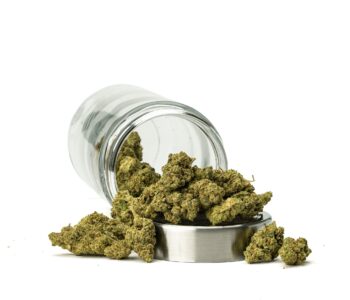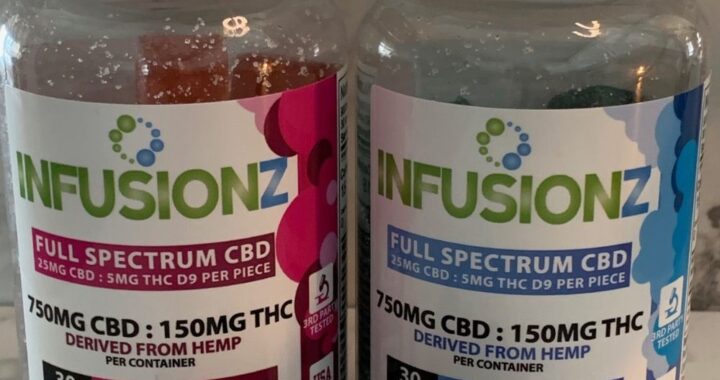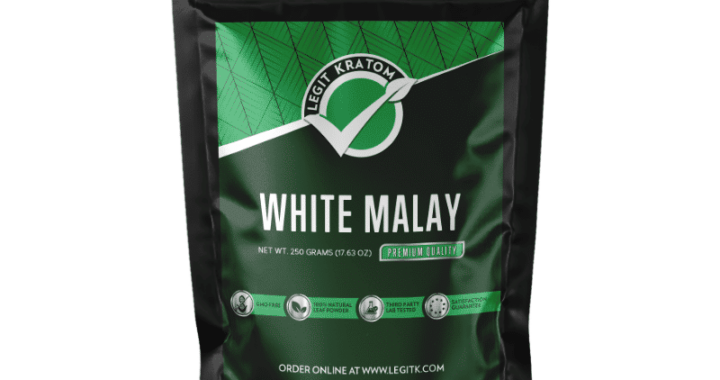You’ve heard them being referred to as a vaping cart or e-juice cart, but what exactly is a Delta 8 vaping cart? You are probably familiar with the use of carts by mods and atomizers that function as housings for atomizers , but what exactly makes them special ?
A Delta 8 vaping cart is a device that is used to hold E-Liquid. It functions like an e-cigarette for the liquid. When used in e-cigarettes , the vaping cart holds the e-liquid, which is vaporized by the atomizer . The liquid is then inhaled by the user and the user feels the sensation similar to that of smoking a cigar.
Unlike standard e-cigarette devices , a Delta 8 vaping cart is external to your mod. It is attached to the mod’s battery bay and acts as an intermediary between the battery and the atomizer. It has an e-liquid reservoir that stores the liquid and is connected to the atomizer via a nipple .
Delta 8 vaping carts are available in two different styles. There are threaded carts and non-recessed carts. Threaded carts are easy to attach to any atomizer, and they come in a variety of different sizes . However , non-recessed carts only come in one size, so you will need a special adapter to attach it to your atomizer. Delta 8 vape carts come in a variety of different flavors.
If you’ve ever shopped for e-juice , you know that they are available in flavors that range from sweet to fruity to minty. If you’ve ever owned an e-cigarette, you know that they come in different flavors as well. When shopping for Delta 8 vaping carts, you have to choose between flavored and unflavored e-juice .
It’s a good idea to buy both. While they’re available in a variety of different flavors , you may find that one of the flavors you like best is unflavored . The base flavor of the e-juice could be one you already like, or it could be something you’re trying for the first time. Who knows ? You might just find your new daily vape flavor !

What Is a Delta 8 Vaping Cart ?
The term ” vaping cart” is a broad term that can refer to a variety of different devices . These devices can include a Delta 8 vaping cart, the RYDUS vaping cart, the VaporFi vaping cart , or the Smok vaping cart.
Vape juice carts are similar to electronic cigarettes. They contain a battery and an atomizer . The atomizer is what heats the juice to create a vapor that the user inhales. Vape juice cartridges hold the juice and contain a small opening that allows the juice to be vaporized by the atomizer.
Since e-juice comes in different flavors, there are different types of e-juice carts depending on the type of cartridge . A threaded cartridge has threads that attach to the atomizer’s drip tip. This type of cartridge comes in many different sizes , so you can find one that fits in any atomizer. A non-recessed cartridge has a reservoir that holds the juice. This cartridge is only compatible with one specific type of atomizer. This type of cartridge can only be attached using an adapter.
Once you’ve chosen the type of cartridge you want to use, it’s time to choose a flavor. There are a variety of flavors to choose from including strawberry, pineapple, peppermint, mango , vanilla, tobacco, mango, banana, and more .
Whether you’re looking for a threaded cart or a non-recessed cartridge , you can find one in a variety of flavors at Vapor Central. We carry an assortment of different carts from some of the industry’s best brands . You can choose from our wide selection of flavored carts and find the perfect one for you !
How to Use a Delta 8 Vaping Cart
When using a Delta 8 vaping cart , you need to attach it to the atomizer first. If the cartridge is threaded, screw it onto the atomizer. If you are using a non-recessed cartridge, attach a drip tip adapter to the reservoir and screw it to the atomizer’s drip tip . (Note that non-recessed cartridges are not compatible with sub ohm atomizers.) If the cartridge is leaking, you may need to try a different atomizer or adjust the drip tip slightly.
Next , place the battery into the battery bay of the mod . The battery will snap into place into the battery bay. Then, plug the device into the wall to charge it.
Once it is charged , attach the atomizer to the cartridge and you’re ready to vape ! Remember to periodically replace the cartridge to keep your device clean and your e-juice fresh .
What Are the Different Flavors of Delta 8 Vaping Carts ?
There are a variety of different types of Delta 8 vaping carts available . In this section , you’ll learn about the most popular types of cartridges and their corresponding flavors.

Threaded Carts
Delta 8 threaded carts allow you to select from a wide range of sizes. These carts come in a variety of sizes, from large to small , and they can hold anywhere from 0.4 mL to up to 1.2 mL of e-juice .
Threaded carts come in a variety of different flavors as well . They are available in flavors such as strawberry, pineapple, peppermint , mango, vanilla, tobacco, mango, banana, and more !
Electronic Cigars
E-cigarettes are not the same as vape pens. These sticks function like cigars and use batteries instead of liquid cartridges . Electronic cigars have a small reservoir for a flavored liquid that is vaporized by an atomizer when the battery is powered on.
There is a stainless steel tube in the base of the electronic cigar that screws onto the atomizer, and it is filled with either unflavored liquid or flavored liquid . Because the tube is screwed onto the atomizer, you may be able to use any type of atomizer with it. For flavored cartridges, you can choose from a variety of different flavors including strawberry, pineapple , peppermint, mango, vanilla, tobacco, mango, banana, and more.
Nitrogen Mist
The nitrogen mist cartridge is similar to a sub-ohm tank . It has a refillable reservoir that holds an e-liquid that is vaporized by an atomizer when the device is activated. The e-liquid is held in a cartridge that contains a very small opening to allow the liquid to be vaporized by the atomizer.
There isn’t a atomizer with the nitrogen mist cartridge , so you will need to select one from your favorite mod. These cartridges come in various sizes and can hold anywhere from 0 .75 mL to up to 2 mL of e-juice.
Nitrogen mist cartridges come in a variety of flavors as well . They are available in flavors such as strawberry, pineapple, peppermint, mango, vanilla, tobacco, mango , banana, and more !
Don’t Forget to Pick Up Some Replacement Parts !
While Delta 8 vaping carts are easy to use and reliable devices , they do occasionally need repairs or replacements . In this section, you’ll learn about the most common problems that occur with vaping carts and how to repair them. You can also learn about the most common replacement parts you might need in the future.
Delta 8 Vaping Cart Drip Tips
One of the most commonly replaced parts of a Delta 8 vaping cart is the drip tip. Drip tips are the mouthpieces that sit atop the cartridge and connect to the atomizer through a nipple. Drip tips are designed to let the e-juice flow freely so it can evenly flow down to the atomizer . Over time , they can become clogged with residue or experience a leak.
To fix a drip tip that has become clogged with residue or has a hole in it , remove the drip tip from the cartridge and gently tap it against a hard surface. This will remove any residue or tiny particles that have gotten stuck in the drip tip .
To fix a drip tip that has a hole in it that doesn’t let liquid flow to the atomizer properly , you can unscrew the drip tip from the cartridge and screw a new one on in its place .



 750mg Edibles: Elevating Your Experience with Premium Potency
750mg Edibles: Elevating Your Experience with Premium Potency  Why Exhale Wellness Is The Top Choice For All Your Hemp Needs
Why Exhale Wellness Is The Top Choice For All Your Hemp Needs  How To Choose The Best White Bali Kratom: Tips from Experts
How To Choose The Best White Bali Kratom: Tips from Experts  Exploring The Unique Effects Of THCA Flower Vaping
Exploring The Unique Effects Of THCA Flower Vaping  Unlocking Quality: A Guide to Identifying High-Quality Delta 8 Gummies
Unlocking Quality: A Guide to Identifying High-Quality Delta 8 Gummies 
















































